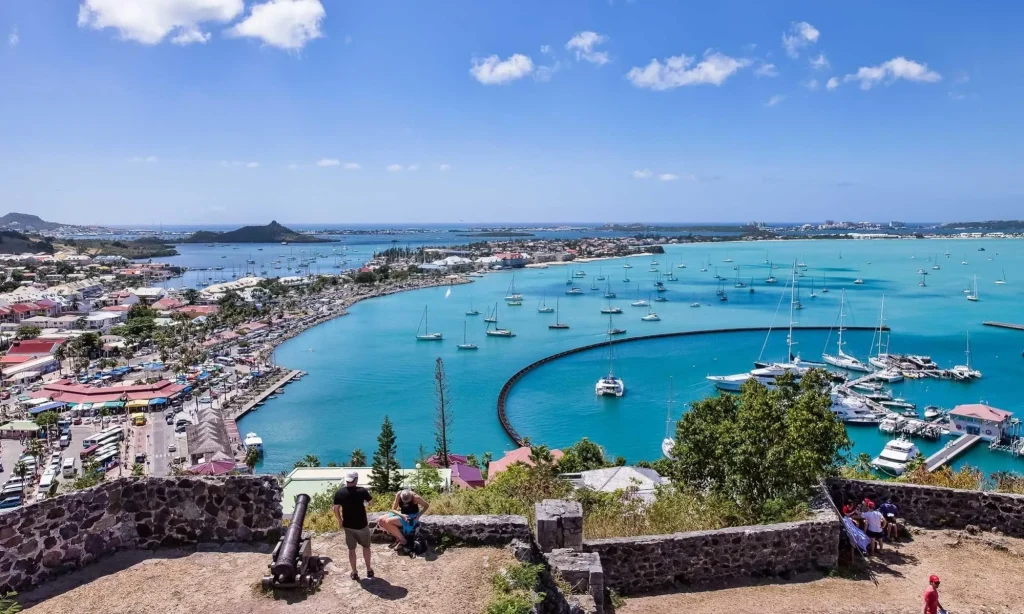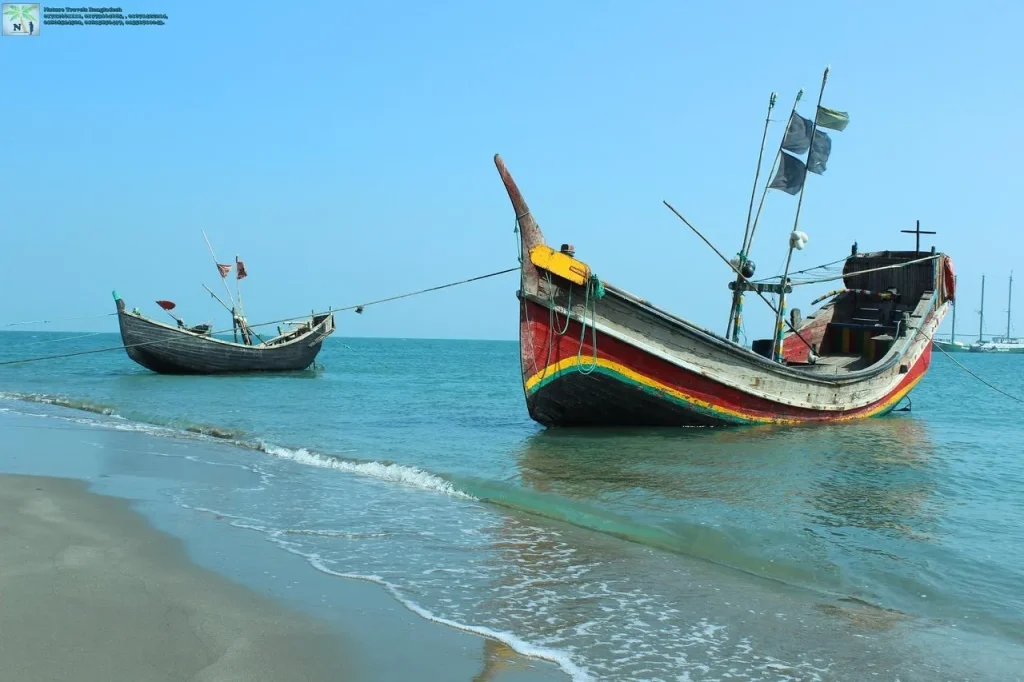St Martin’s Island, spanning just three square kilometers, is located in the northeastern Bay of Bengal, about 9 kilometers south of Bangladesh’s Cox’s Bazar-Teknaf peninsula. With a population of around 3,700, the island’s residents primarily engage in fishing, rice cultivation, coconut farming, and seaweed harvesting, which is exported to Myanmar.

Recent Allegations and Reactions
The island recently gained attention due to allegations that the Bangladesh Nationalist Party (BNP), led by former Prime Minister Khaleda Zia, had planned to sell it to the United States for a military base in exchange for electoral support. The US State Department has dismissed these claims, reiterating its commitment to respecting Bangladesh’s sovereignty and promoting democracy through fair elections.
Sheikh Hasina’s Accusations
Former Prime Minister Sheikh Hasina, now residing in India, has hinted at a US role in her ouster. In a statement reported by the Economic Times, Hasina claimed she resigned to avoid bloodshed and rejected accusations that she could have remained in power by surrendering St Martin’s Island. She urged her fellow citizens not to be misled by radicals.

Historical Background
Known as ‘Narikel Jinjira’ (Coconut Island) and ‘Daruchini Dwip’ (Cinnamon Island), St Martin’s Island has a rich history. Originally part of the Teknaf peninsula, it became an island due to submersion. Settled by Arabian merchants in the 18th century, it was later included in British India and named after Saint Martin. The island remained part of India until 1947, then Pakistan, and finally Bangladesh after the 1971 Liberation War. A 1974 agreement between Bangladesh and Myanmar affirmed its Bangladeshi status.
Maritime Disputes and Legal Rulings
Despite the 1974 agreement, maritime boundary issues have persisted. Bangladeshi fishermen have faced detentions from Myanmar’s naval forces. In 2012, the International Tribunal for the Law of the Sea (ITLOS) affirmed Bangladesh’s sovereignty over the island, impacting its territorial waters and Exclusive Economic Zone (EEZ).
Rohingya Refugee Crisis
The 2017 Myanmar military crackdown led to the influx of over 700,000 Rohingya Muslims into Bangladesh, with many seeking refuge in Cox’s Bazar. Reports suggest that the Arakan Army, a banned Myanmar group, has shown interest in St Martin’s Island, though Bangladesh denies these claims. Tensions have led to increased naval presence around the island.

Strategic Importance and US-China Interest
St Martin’s Island’s strategic location has drawn interest from global powers, particularly the US and China. In June of the previous year, Sheikh Hasina alleged that the US sought to acquire the island for a military base. The US State Department strongly refuted these claims, asserting that no discussions about acquiring the island had taken place.
This ongoing controversy underscores the island’s significant geopolitical and historical relevance in regional politics.
